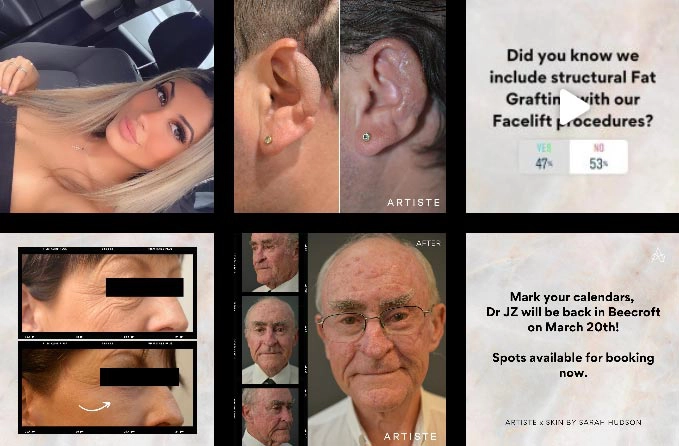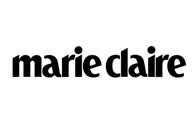Neck Wrinkles and How to Deal With Them
Model featured in photography
Dr Jack Zoumaras is a Plastic Surgeon, Writer, Blogger, current Secretary of the NSW Chapter of the Australian Society of Plastic Surgeons and Founder of Artiste Plastic Surgery.
Everyone grows old differently, but for some people, undeniable signs of aging become evident. Turkey neck, for one, is common among people in their fifties and is characterised by loose, sagging skin on the neck area. While there are several factors that can cause turkey neck, it’s also a natural part of the aging process. A decrease in the production of collagen and elastin in the skin, plus gravity, can add up to noticeable neck wrinkles.
While this condition has no adverse effects, it’s unsightly appearance can affect people’s confidence. Fortunately, this can be easily corrected with a plastic surgery neck lift. Understanding neck wrinkles and its causes can help you avoid this later on. Artiste Plastic Surgery discusses more today:
Types of Neck Wrinkles
Horizontal wrinkles, also called turkey neck, are caused by a reduction in the collagen production of the skin due to ageing and are the most common type of neck wrinkles. Other factors like long-term sun exposure, poor hydration, and smoking can aggravate horizontal neck wrinkles and make them more defined. Vertical wrinkles, on the other hand, are a result of chronic postural issues or keeping your head in one position for a long period of time. This often happens when sleeping or working in front of a computer.
Causes of Neck Wrinkles
Another reason for neck wrinkles is that the skin on the neck area is often much thinner than that of the rest of the body. This area also has less fatty tissue, with the amount decreasing further as we get older, resulting in droopy and haggard-looking skin.
Other than natural causes, neck wrinkles can be a result of neglect and bad habits. Sun exposure, for one, is among the top causes of turkey neck among adults. Because the neck is a highly sensitive area, it’s important to provide it with the proper care to maintain its elasticity and appearance.
Harsh cleaning routines, such as the use of hard brushes and sponges, strip away your skin’s moisture. Meanwhile, smoking, excessive drinking, and an imbalanced diet all help accelerate skin damage, making it more prone to creases and other imperfections.
Treatment for Neck Wrinkles
A neck lift is one of the most effective solutions for turkey neck. At Artiste Plastic Surgery, we provide three kinds of neck lift surgery in Sydney, the Artiste Ultimate Neck Lift, the Artiste Signature Neck Lift, and the Artiste Neck Sculpt. We have a talented team of specialists ready and willing to guide you through the process, from selecting the proper treatment to the post-surgery care required.
If you are scared of going under the knife, we also offer several non-invasive alternative treatments. Dermal fillers create an instantly youthful looking neck by increasing its fullness and decreasing its laxity. You can expect to see immediate results including tighter skin and reduced fine lines and neck wrinkles.
Injectables are another way to instantly firm, lift, and tighten the neck area. By injecting muscle relaxants on the neck, we can block nerve signals to reduce muscular contractions. This results in a lifted neck and jawline and a significant reduction in the appearance of neck bands.
Neck Lift Surgery: Before and After Photos
If you’re conscious of your turkey neck, we suggest undergoing a cosmetic surgery neck lift at Artiste Plastic Surgery. Schedule an appointment today.
Disclaimer: At Artiste Plastic Surgery, our Plastic Surgeons led by Dr Jack Zoumaras have been trained to the highest possible degree. All surgery has risks and it is always advised to get a second opinion. Risks are very real and we cannot guarantee any result. Results are illustrated as a guide only. All risks are managed and any need for revision surgery or complications (1-5%) can be managed by our specialist plastic surgeons.
Any statements on how you will feel is based on Level V Evidence:
Level V: How you will feel after plastic surgery varies between individuals, depending on psychological and physical factors. Our internal research is based on how patients in our practice feel after surgery.
The blogs are not a substitute for a medical consultation and do not form as part of the doctor to patient relationship.
SHARE THIS ARTICLE
Apr18
6 Key Factors to Consider When Choosing A Surgeon for Eyelid Surgery
Eyelid surgery or blepharoplasty might just be the thing to help you feel more refreshed and confident about your appearance. But with so many surgeons available, how do you find ...
READ MORE
Apr18
Why is Double Eyelid Surgery Popular?
The impact of Western beauty standards has become so far-reaching that double eyelids have become a desirable feature among Asians. The first recorded procedure of a double eyelid surgery being ...
READ MORE
ABOUT ARTISTE
Artiste Plastic Surgery is an Award Winning Specialist Plastic Surgery practice led by internationally trained Dr. Jack Zoumaras, Plastic Surgeon and Peer Reviewed Face Surgeon
Artiste offers the latest Cosmetic Surgical Procedures of the Face, Breast and Body, inspired from leading centres around the world.
STAY IN THE LOOP
Enter your email address below to receive updates on new articles and VIP access to promotions and special offers.
FOLLOW US ON INSTAGRAM








